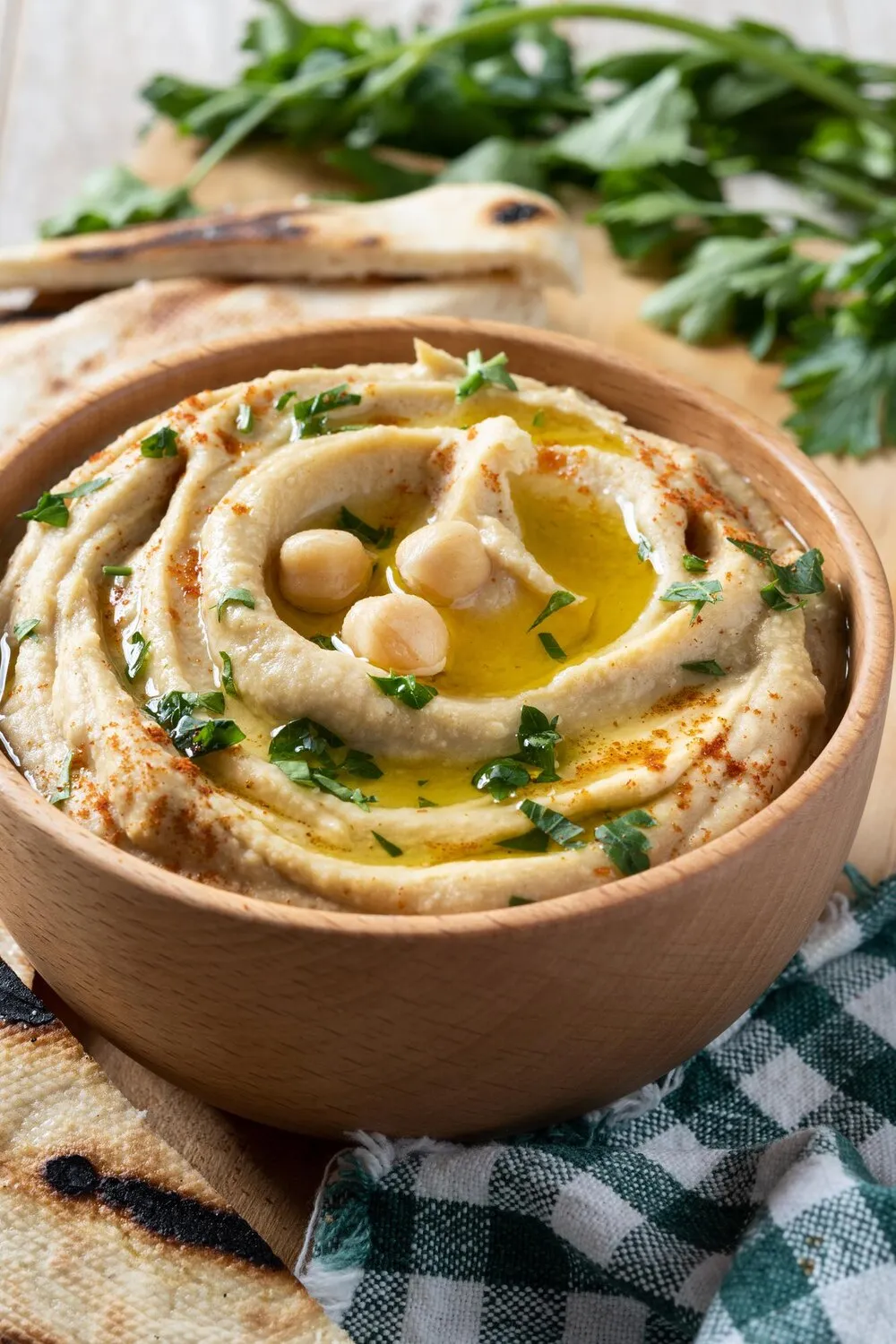
Coalhada Seca
Labneh, a type of strained yogurt. It has a texture similar to cream cheese and a tangy flavor.
Nutrition Facts
* The % Daily Value (DV) tells you how much a nutrient in a serving of food contributes to a daily diet. 2,000 calories a day is used for general nutrition advice.
Labneh's history is intertwined with the nomadic lifestyle and dairy traditions of the Middle East. Preserving dairy was crucial, and straining yogurt to remove whey extended its shelf life, leading to the development of Labneh. Its origins likely trace back centuries, with variations existing across different regions.
Labneh holds a significant place in Middle Eastern cuisine and culture. It's a versatile ingredient used in various dishes and is often enjoyed as part of mezze platters.
Hospitality
Labneh is often served as part of a welcoming spread, showcasing hospitality and generosity. It's a common offering to guests.
Breakfast Staple
In many Middle Eastern countries, Labneh is a popular breakfast food, often eaten with pita bread, olive oil, and za'atar.
Ramadan Tradition
During Ramadan, Labneh is often included in Iftar meals (the meal breaking the fast) due to its creamy texture and refreshing taste.
Labneh is known for its tangy, creamy, and slightly salty flavor profile. The intensity of these flavors can vary depending on the type of yogurt used and the straining process.
The base flavor comes from the yogurt, which provides the characteristic tang due to the lactic acid produced during fermentation. The straining process concentrates these flavors, creating a more intense tang and a richer, creamier texture. The slight saltiness is usually added during the straining process to further preserve and enhance the flavor. Some varieties may include herbs, spices, or olive oil, adding additional layers of complexity.
Yogurt Choice
Use full-fat, plain yogurt for the best flavor and texture. Greek yogurt can also be used, but it will result in a slightly denser Labneh.
Straining Time
The straining time determines the consistency of the Labneh. Shorter straining times result in a softer, creamier texture, while longer straining times create a thicker, almost cheese-like consistency.
Salt Usage
Salt not only enhances the flavor but also helps to draw out moisture during the straining process. Don't skip the salt!
Storage
Store Labneh in an airtight container in the refrigerator. If submerged in olive oil, it will keep for a longer period.
Explore additional Middle Eastern dishes and restaurants
Explore Middle EasternDiscover top dining spots and culinary experiences in Osasco.
Explore OsascoLearn more about the food culture, restaurant scene, and culinary heritage of Brazil.
Explore Brazil